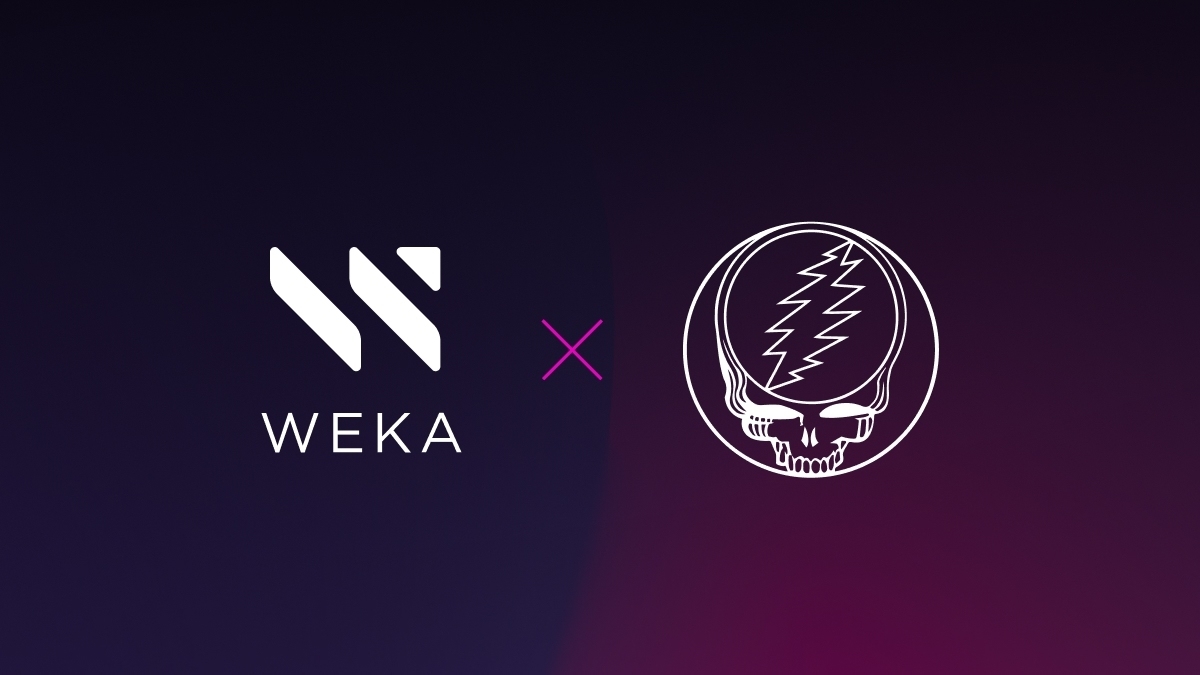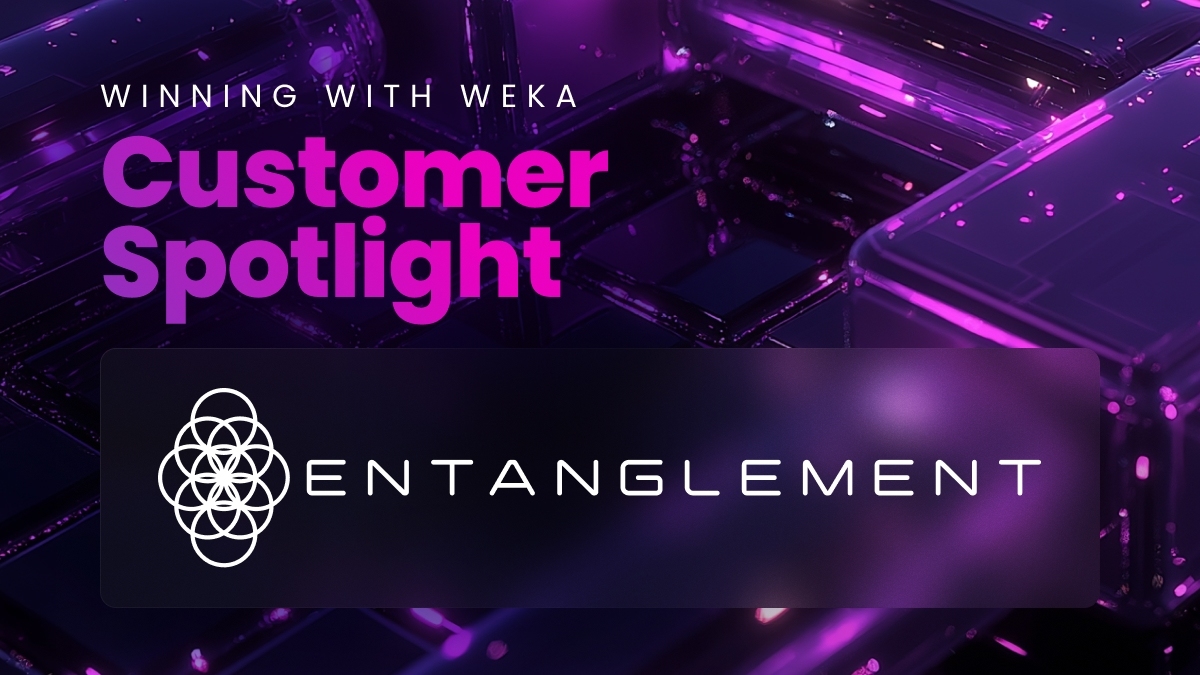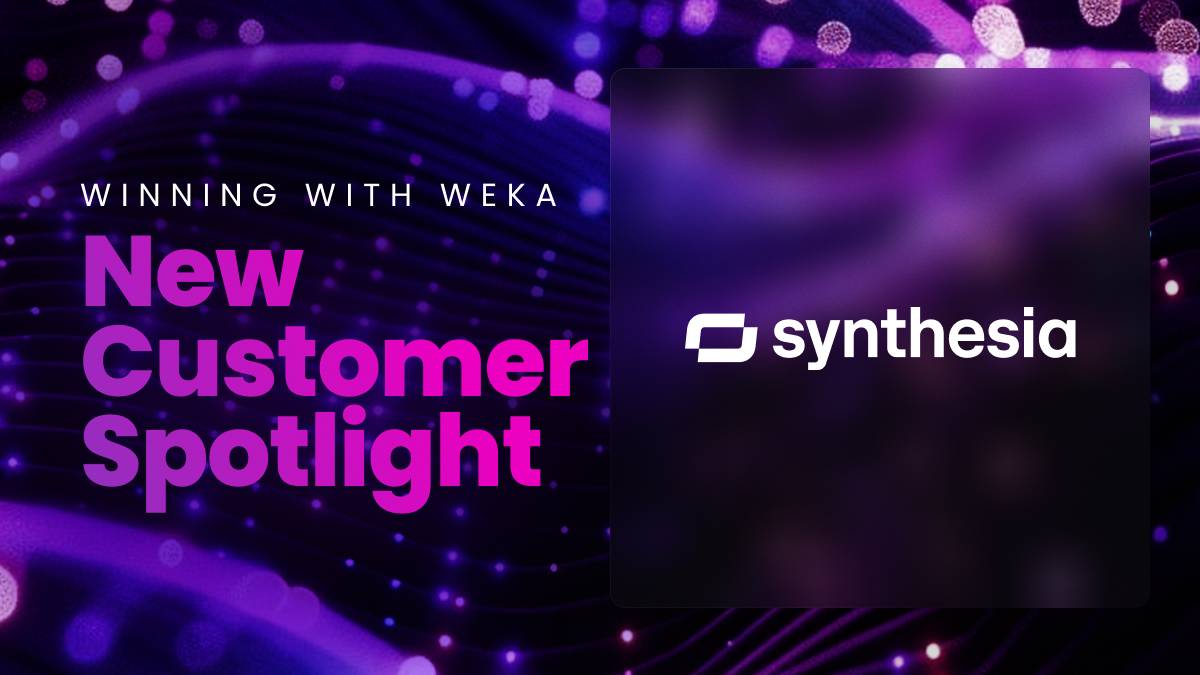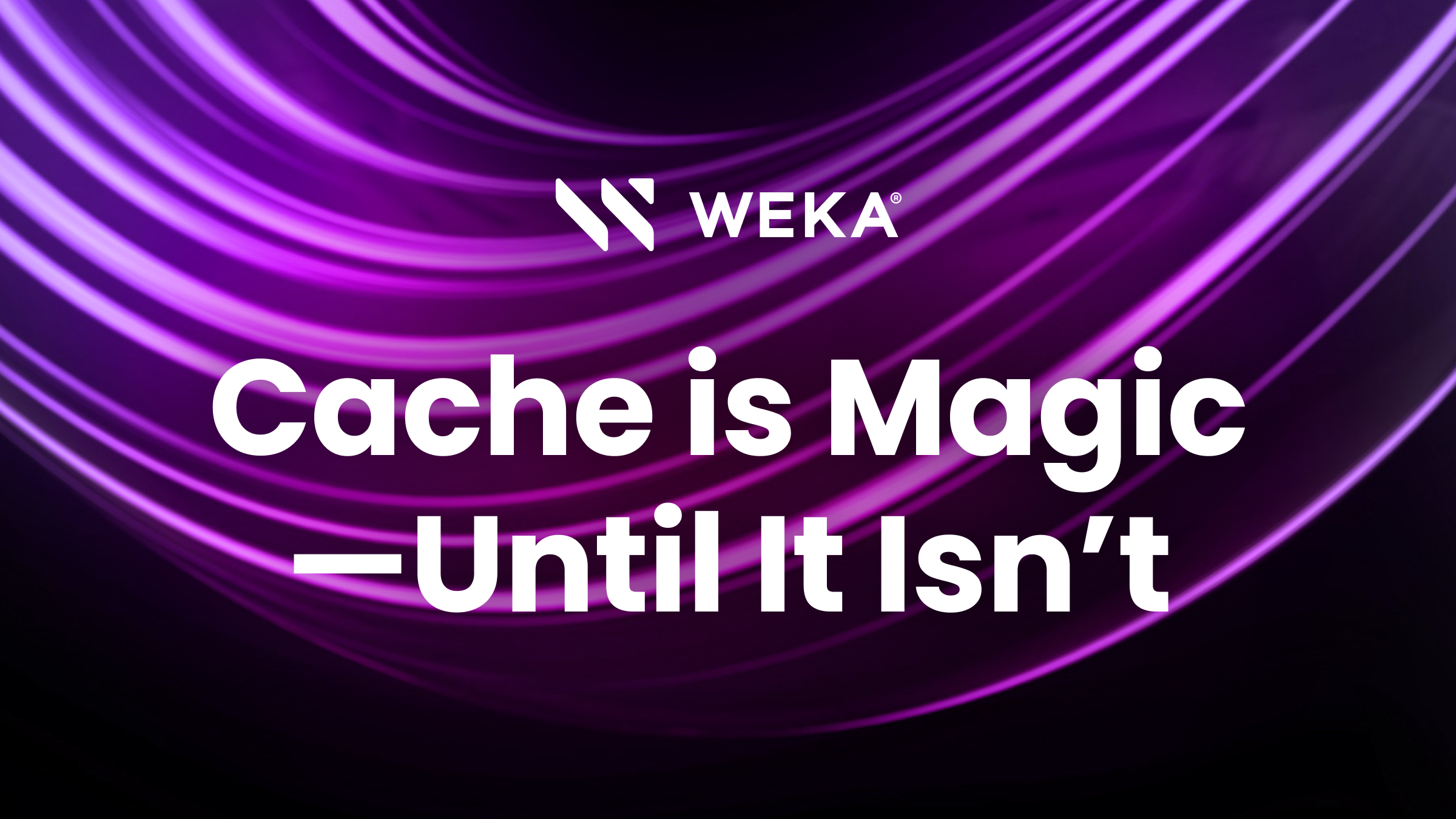Cloud-ready SAS Analytics Solution from WekaIO and Destiny Corporation

Q&A at the SAS Users Group with Shailesh Manjrekar, Head of AI, WekaIO™
1. Question: Why is SAS analytics more important today than ever?
Answer: Data-driven applications are generating huge amounts of data, and the ability to derive actionable intelligence from this data is paramount. However, you cannot improve upon that which you cannot measure, so analyzing that data is important. As we know, digital transformation is about moving physical things into the realm of digital things to measure them and identify new opportunities in business, healthcare, finance, and so on. Current and historical facts (i.e., data) can be analyzed to make predictions about future events by using these categories: descriptive (what happened), diagnostic (why did it happen), predictive (what will happen), prescriptive (what action can we take), and cognitive (how can corrective action always be in the workflow). That level of analysis requires a lot of work. It’s no wonder that SAS shows up in two Gartner Magic Quadrants: (1) In the Data Science and Machine Learning category SAS holds a leadership position, and (2) in the Analytics and Business Intelligence category SAS holds a visionary position.
2. Question: How do you balance the exploding demand for analytics with setting proper expectations for what we can deliver?
Answer: There is lot of hype around what can be done. Many analytics projects are failing because building high-performance data lakes is still preventing the ability to get actionable outcomes. Setting the right expectations around beginning with small, measurable projects is important. Also, getting the right data sets is important. As they say, data has become the new source code!
3. Question: Is there a need for analytics in every company? Big or small?
Answer: Yes, if your business is data driven, analytics helps you take a stock of the health of your business. If you don’t have a data-driven business, you might want to pay attention to the term “Disrupt or Die.” Having a data driven business model is paramount in this digital economy—no matter what size the business is. Data-driven businesses have the advantage of being first to market, giving them the competitive advantage and helping them to thrive by monetizing their data with new business models and offerings.
4. Question: How do analytics help to improve the bottom line of a business?
Answer: Analytics bring about efficiencies. With technologies like process optimization, business owners and operators are able to understand internal processes better and make better-informed decisions that result in reduced cost, reduced risk, and improved productivity.
5. Question: Do you see a growing need for analytics and data science? Are they being groomed at the university level or within corporations?
Answer: Yes, absolutely, there is a growing need. You see every vertical market segment adopting analytics and data science, and they are highly popular disciplines at the university level. Within businesses you see titles like Chief Data Officer and Chief Analytics Officer. Moreover, these days it’s more prevalent for CIOs to become Chief Innovation Officers, and IT is now becoming a profit center rather than being a cost center. Finally, the open source community is using SAS because SAS is increasingly using open source front-ends like R, Python, and Scala to complement SAS frameworks
6. Question: How do you view analytics today versus 5 or 10 years ago?
Answer: Digital Transformation is changing analytics infrastructures with GPU Compute, Data Lakes, and open-source frameworks like Tensorflo and SparkML. Also, technologies like IoT, Deep Learning, Blockchain, and Robotics Process Automation are becoming mainstream. Years ago we used batch analytics, but now architectures like Lambda and SMACK are becoming more prevalent with streaming analytics, and augmented analytics use of Natural Language Query (NLQ) to Natural Language Understanding (NLU).
7. Question: What is the joint SAS analytics solution from Weka and Destiny Corporation?
Answer: WekaIO is working closely with Destiny Corporation, a SAS Business and Technology Consulting company and a SAS Gold partner. that We have jointly launched a reference design implementing significant runtime and wall clock time improvements for long-running SAS jobs. The partnership with WekaIO and Destiny Corporation allows us to provide the following customer benefits:
- Accelerated analytics: We solve IO bottlenecks by catering to the entire advanced analytics, data science, and data-driven application pipelines. As we know, the compute layer has become faster, but it can act quickly on actionable data only if it has quick access to it!
- Simplified usability: We accomplish the above in a seamless way, without any changes to the application or code. Surely, you have heard about long-running jobs that are not able to get what-if scenarios in time, not able to perform ingest with a lot of sensors, and not able to extract, transform, and load (ETL) in a timely manner because training times are too high and/or inferencing times are too high. We can solve these challenges while you continue to use Enterprise Guide or Data integration Studio with SAS.
- Amplified insights: We make your data actionable by turning dormant data into actionable data. Whether you are using SAS, R, Python, or Scala, or whether you are performing data analytics, business intelligence, or data science, you still benefit.
- Optimize SAS grids: WekaIO’s reference design with Destiny Corporation can optimize your SAS Grids, get better utilization from your SAS core licenses, and help you migrate to SAS Viya.
8. Question: What is “cloud readiness” for this joint solution?
Answer: WekaIO simplifies the cloud journey for SAS analytics customers by offering the freedom of deployment. In-addition to being able to deploy in a hybrid model or on an on-premises bare-metal hardware design, the solution can be deployed in AWS. Appropriate EC2 instances can be used for SAS clients and i3en instances for WekaFS with S3 services for the capacity tier.
Cloud readiness provides these advantages:
- Highest performing AWS file offering – 100 GB/s throughput, with 5M IOPs under 240us latency
- Best TCO and customer experience using a cloud-formation-based portal
- Infinite scalability and agility to meet workload requirements
Reach out to WekaIO to discuss your long-running jobs or data-load concerns. If you are just starting to use analytics and have just begun your business intelligence journey, we would especially like to talk with you to help you get started right. Check out our joint solutions brief and the free SAS analytics health check!






